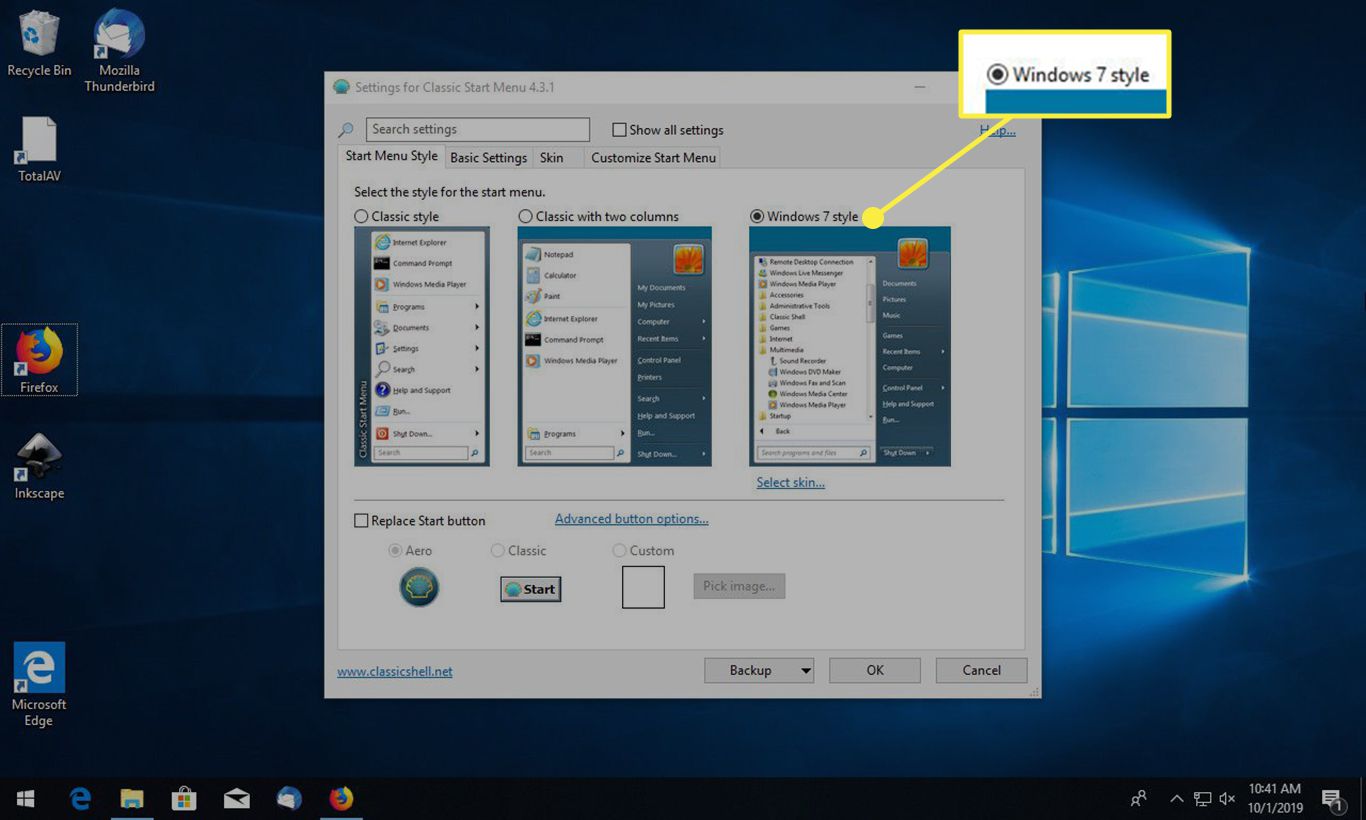
Introduction:
In the ever-evolving landscape of operating systems, the transition from Windows 7 to Windows 10 marked a paradigm shift in the Windows experience. While Windows 10 brings numerous advancements and features, some users find solace in the familiarity of Windows 7’s classic interface. Fortunately, the versatility of Windows 10 allows for customization, enabling users to tweak the appearance and user interface to evoke the nostalgia of Windows 7. In this extensive guide, we’ll explore the steps, tweaks, and tools to make Windows 10 look and feel like its predecessor, rekindling the essence of the beloved Windows 7 interface.
Understanding the Appeal of Windows 7:
- Classic Start Menu: Windows 7 introduced the classic Start Menu, a simple and efficient hub for accessing programs, files, and settings. Many users appreciate its straightforward design compared to the tile-based Start Menu of Windows 10.
- Aero Glass Transparency: The Aero Glass theme in Windows 7 featured transparent window borders, providing a sleek and visually appealing interface. Windows 10, in contrast, opted for a more flat and opaque design.
Transforming Windows 10 into a Windows 7 Haven: A Step-by-Step Guide:
- Install a Windows 7 Start Menu: Several third-party applications allow you to replace the Windows 10 Start Menu with a Windows 7-style Start Menu. Tools like “Open-Shell” (formerly known as Classic Shell) offer customization options, including the classic Start Menu.
- Customize Taskbar Icons: Windows 7 had distinct taskbar icons, and you can replicate this by using icon packs or manually changing individual icons. Right-click on the taskbar, choose “Toolbars,” and then “New Toolbar” to create a custom toolbar for your preferred icons.
- Aero Glass Effect with Third-Party Tools: To bring back the Aero Glass transparency effect, you can use third-party tools like “Glass8” or “TranslucentTB.” These tools emulate the Aero Glass look, restoring transparency to window borders and the taskbar.
- Classic Windows 7 Wallpaper: Set the stage for the Windows 7 vibe by using classic Windows 7 wallpapers. You can download these wallpapers online and set them as your desktop background to capture the essence of the older operating system.
- Modify System Fonts: Adjusting system fonts can contribute to replicating the Windows 7 feel. Head to “Settings” > “Ease of Access” > “Display,” and choose the font size and style that aligns with your Windows 7 nostalgia.
- Customize Window Borders: Use tools like “WindowsBlinds” to customize window borders and add Aero Glass-like effects. This application allows for extensive customization, letting you tailor the appearance of windows to mimic the Windows 7 aesthetic.
- Classic Control Panel Shortcut: Create a shortcut to the classic Control Panel on your desktop or taskbar for easy access. Right-click on the desktop, go to “New,” and choose “Shortcut.” Enter “control.exe” as the location to create a shortcut to the classic Control Panel.
- Adjust Folder Options: Configure folder options to match the classic Windows 7 style. Open File Explorer, go to the “View” tab, and click on “Options.” In the “View” tab of the Folder Options window, select “Apply to Folders” to apply the chosen settings universally.
Advanced Tweaks for an Authentic Windows 7 Feel:
- Windows 7 Icon Pack: Replace Windows 10 icons with a Windows 7 icon pack to capture the visual essence of the older operating system. Numerous icon packs are available online for download and customization.
- Classic Sounds: Download and apply classic Windows 7 sounds to your Windows 10 system. Customize system sounds by going to “Settings” > “System” > “Sound” and selecting “Sound Control Panel” to modify individual sound settings.
- Windows 7 Cursors: Apply Windows 7 cursors to complete the visual transformation. Cursor packs can be downloaded and installed, bringing back the familiar pointer designs from Windows 7.
Common Challenges and Solutions:
- Compatibility Issues: Some third-party tools or themes may face compatibility issues with Windows 10 updates. Ensure that you are using the latest versions of customization tools to address compatibility concerns.
- System Performance Impact: Extensive customization, especially with third-party tools, may impact system performance. Monitor your system’s performance after making changes and consider adjusting settings for optimal functionality.
Practical Applications and Benefits:
- User Familiarity: Making Windows 10 look and feel like Windows 7 is particularly beneficial for users who are more comfortable with the classic Windows 7 interface. This familiarity can enhance productivity and ease of use.
- Enhanced Aesthetics: For those who appreciate the aesthetics of Windows 7, the visual transformation brings a sense of nostalgia and a sleeker interface compared to the default Windows 10 design.
- Tailored User Experience: Customizing Windows 10 to resemble Windows 7 allows users to tailor their operating system to match their preferences, creating a personalized and comfortable user experience.
Conclusion:
Transforming Windows 10 into a reminiscent haven of Windows 7 is a journey that combines nostalgia with modern functionality. With the right tools, tweaks, and adjustments, you can bridge the gap between the past and the present, creating an operating system that feels both familiar and up-to-date. As you embark on this customization adventure, remember that personalization is subjective, and the goal is to create an environment that suits your preferences and enhances your overall computing experience. So, delve into the world of customization, make Windows 10 your own, and revel in the harmony of nostalgia and innovation.